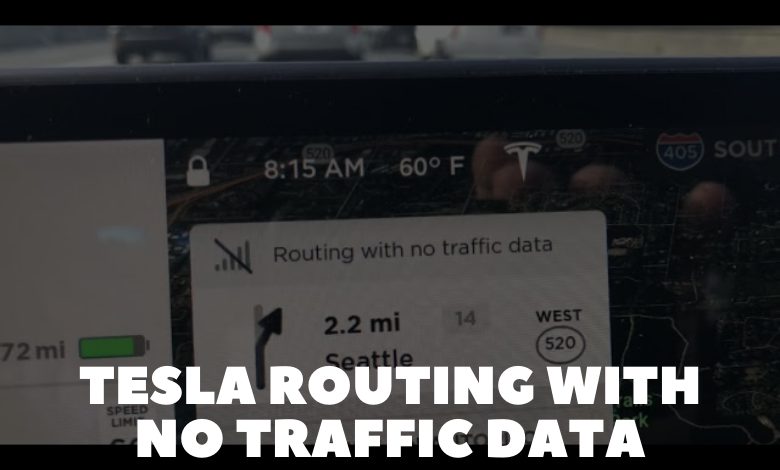Tesla Routing With No Traffic Data

As a Tesla technician, I understand the importance of efficient and accurate routing for our vehicles, especially when traffic data is unavailable. While Tesla’s navigation system typically relies on real-time traffic information to optimize routes, there are situations where such data may not be accessible, such as in remote areas or during network outages.
In this guide, I’ll outline the steps and considerations for navigating without traffic data to ensure a smooth and reliable driving experience for Tesla owners.
1. Utilize Historical Traffic Patterns
– Tesla vehicles store historical traffic data, which can be leveraged to anticipate traffic patterns even when real-time data is unavailable.
– The navigation system can analyze past traffic trends for specific routes and adjust the estimated travel time accordingly.
– Encourage users to enable data sharing to contribute to and benefit from this collective pool of historical traffic information.
2. Optimize Route Based on Road Characteristics
– In the absence of real-time traffic data, the navigation system can prioritize routes based on road characteristics such as speed limits, number of lanes, and historical congestion data.
– Identify high-capacity roads and highways that are less likely to experience congestion, especially during off-peak hours.
– Consider alternative routes that minimize the number of intersections and traffic lights, prioritizing smoother traffic flow.
3. Account for Time of Day and Day of Week
– Traffic patterns often vary depending on the time of day and day of the week.
– Adjust route recommendations based on known peak traffic hours and typical commuting times.
– Provide options for users to specify their preferred departure time, allowing the navigation system to factor in expected traffic conditions accordingly.
4. Dynamic Recalculation Based on User Feedback
– Encourage users to provide feedback on route accuracy and real-time traffic conditions, even when traffic data is unavailable.
– Incorporate user feedback into the navigation algorithm to improve route predictions and adapt to changing traffic conditions.
– Implement machine learning algorithms to continuously refine routing recommendations based on user input and driving patterns.
5. Offline Mode and Cached Data
– Develop an offline mode for the navigation system that allows users to access pre-downloaded maps and routing information when internet connectivity is limited.
– Utilize cached traffic data to provide basic routing guidance even when real-time updates are unavailable.
– Notify users when offline mode is activated and prompt them to connect to a network for the most up-to-date routing information.
Conclusion
Navigating without real-time traffic data presents challenges, but with careful planning and intelligent algorithms, Tesla vehicles can still provide reliable and efficient routing for drivers. By leveraging historical traffic patterns, optimizing routes based on road characteristics, considering time-of-day variations, incorporating user feedback, and implementing offline capabilities, we can ensure a seamless navigation experience even in the absence of live traffic information. As Tesla technicians, it’s our commitment to continuously improve the navigation system to meet the evolving needs of our customers and enhance their driving experience.
